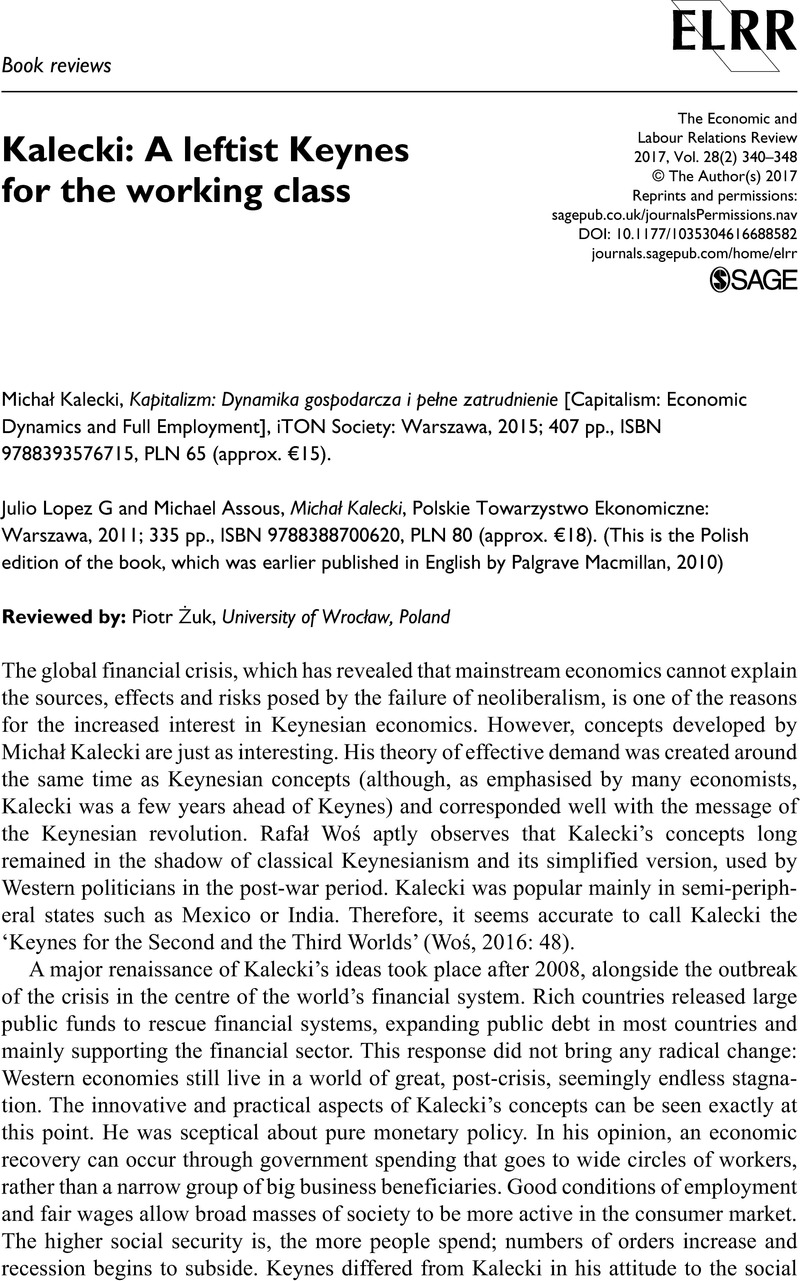Crossref Citations
This article has been cited by the following publications. This list is generated based on data provided by Crossref.
Chowdhury, Anis
and
Żuk, Piotr
2018.
From crisis to crisis: Capitalism, chaos and constant unpredictability.
The Economic and Labour Relations Review,
Vol. 29,
Issue. 4,
p.
375.
Pluciński, Przemysław
2020.
Debt and crisis: Socio-economic critique of neoliberal transformation in Poland.
The Economic and Labour Relations Review,
Vol. 31,
Issue. 2,
p.
211.



